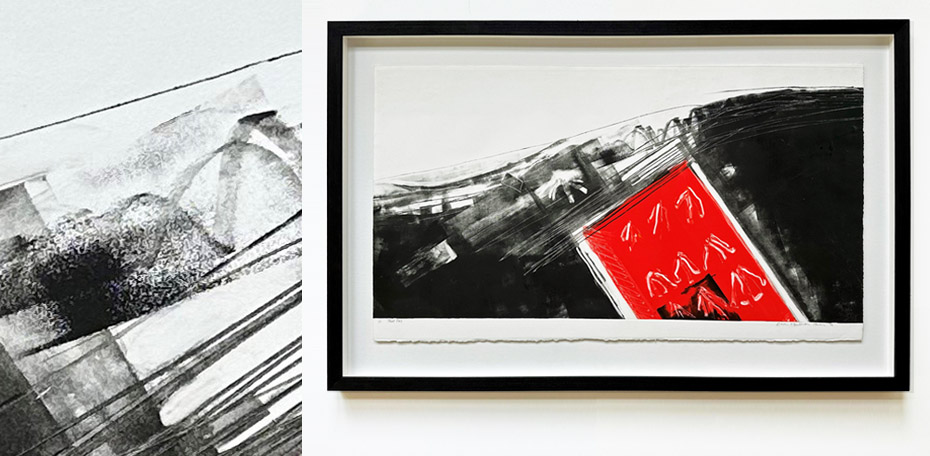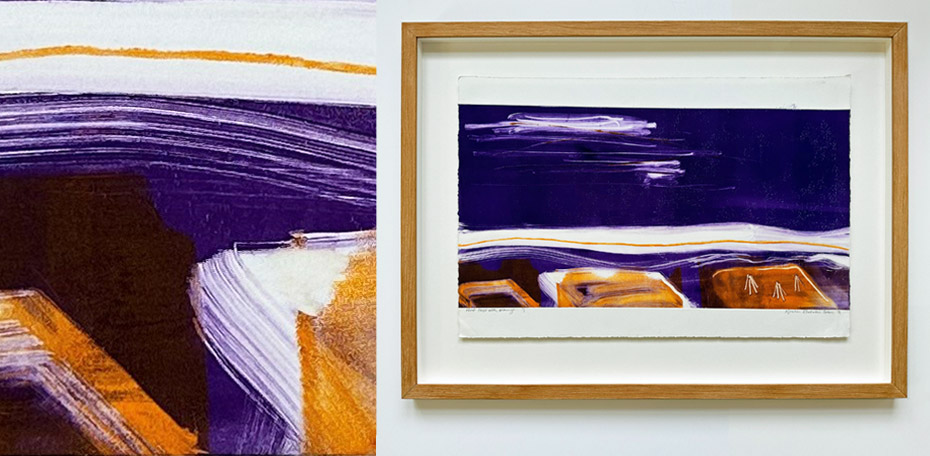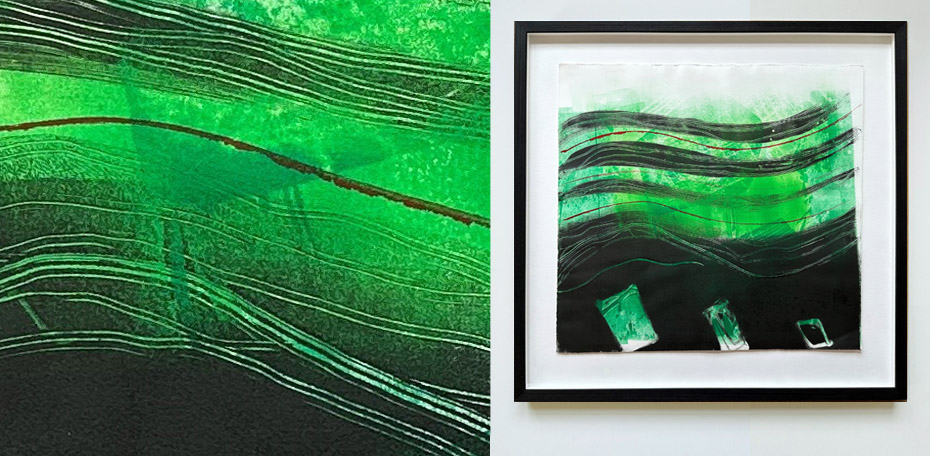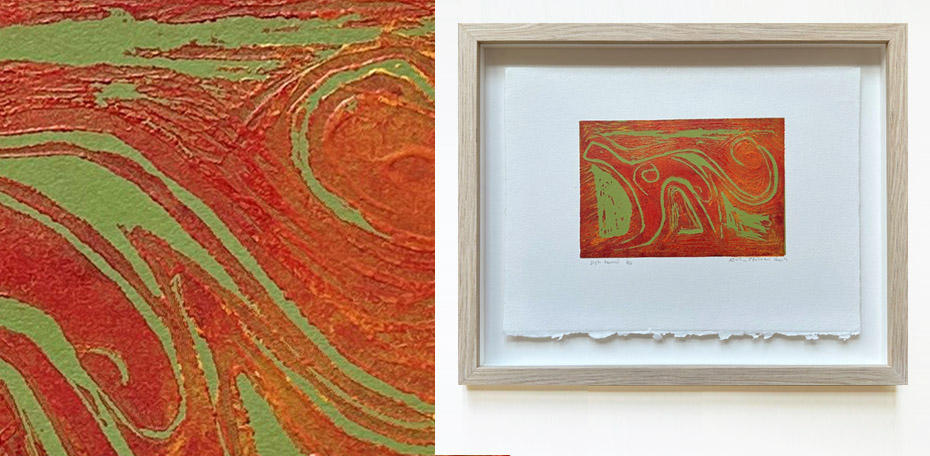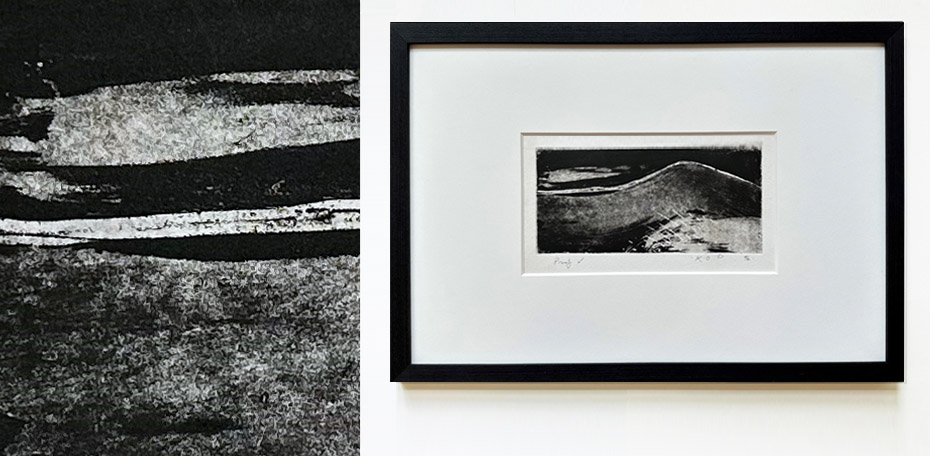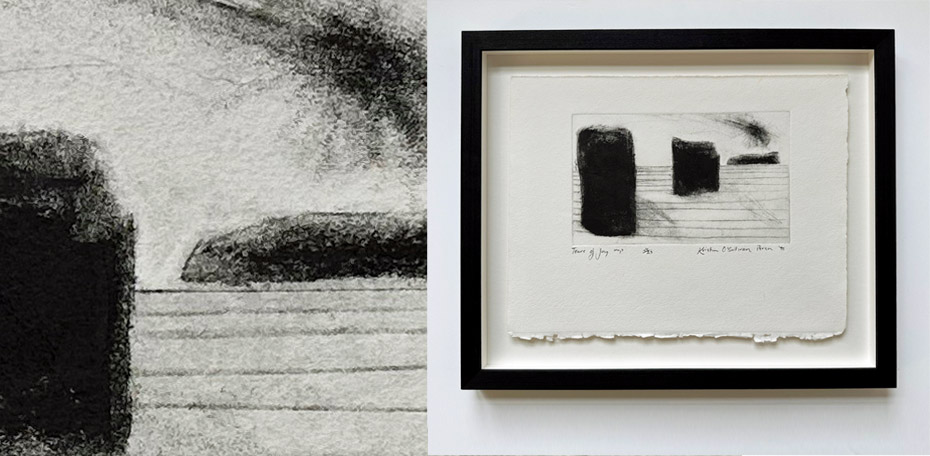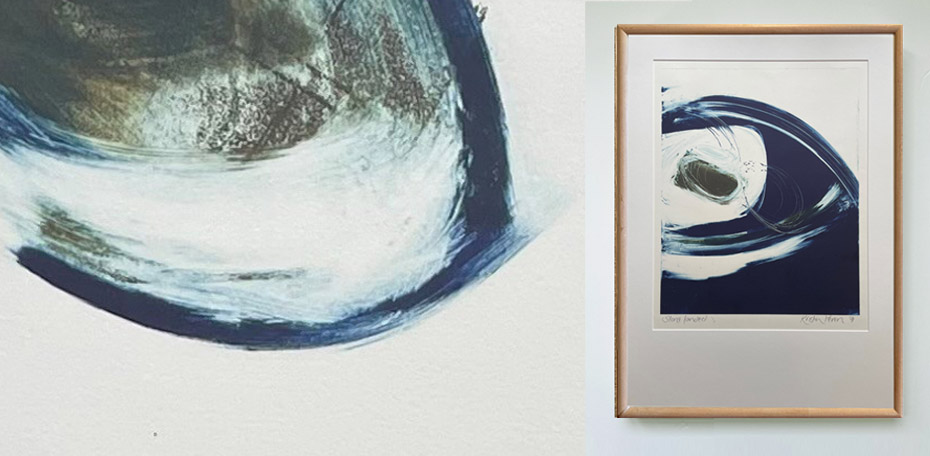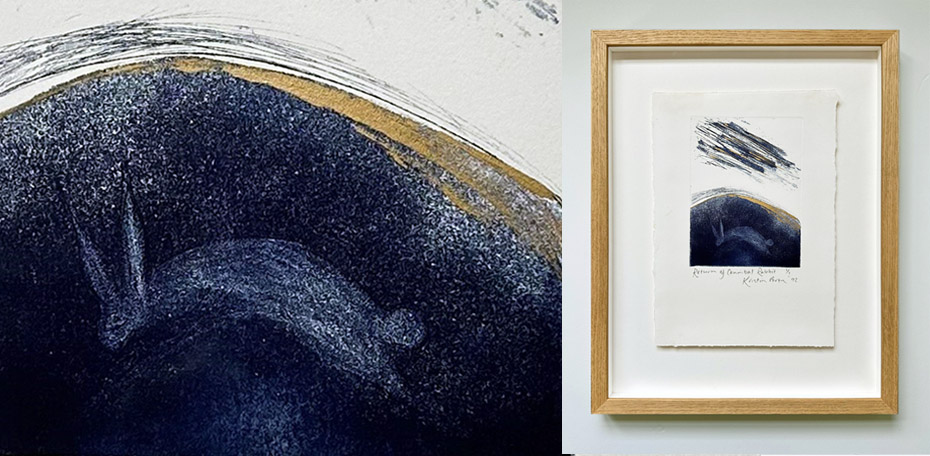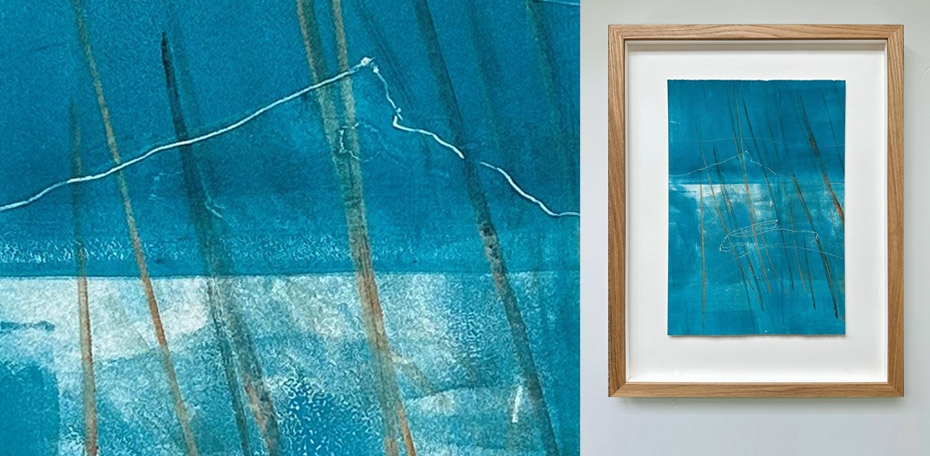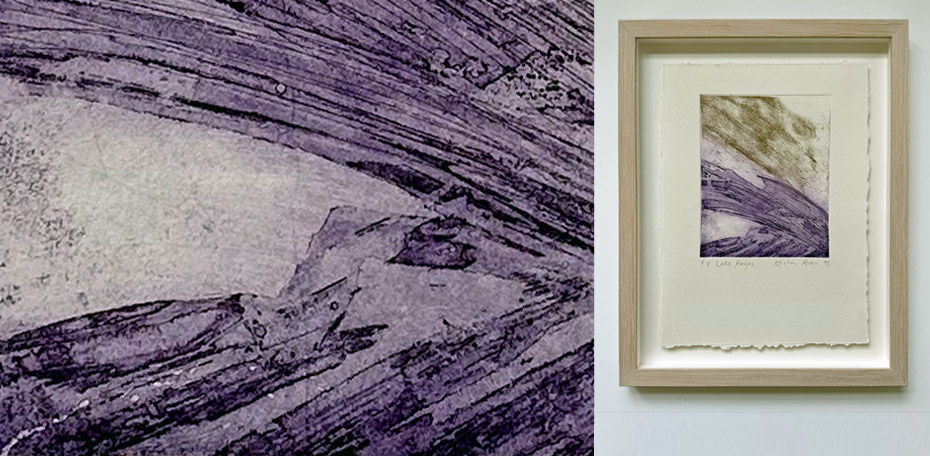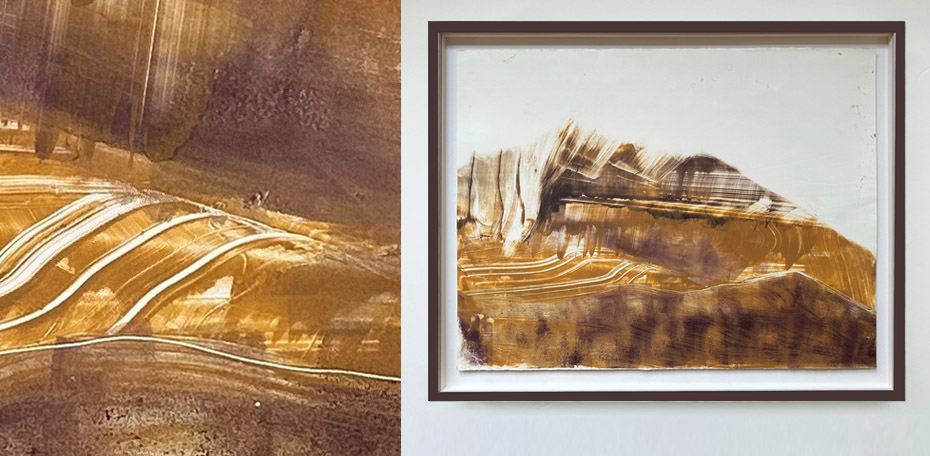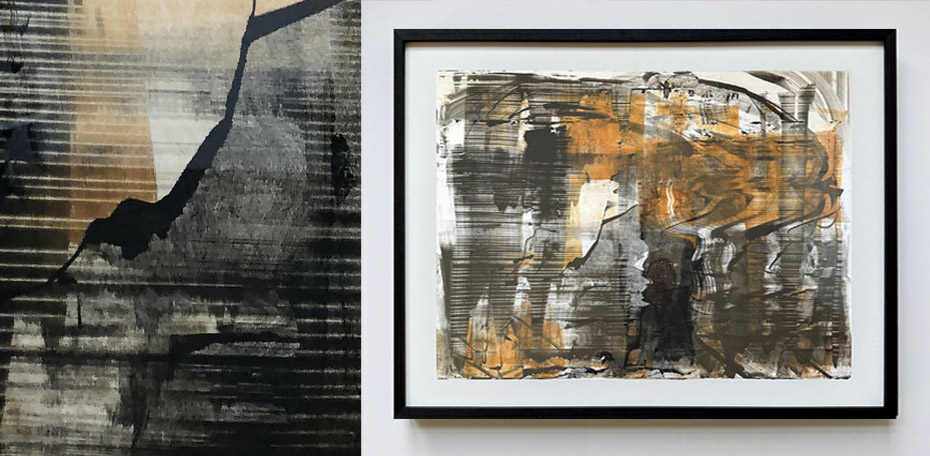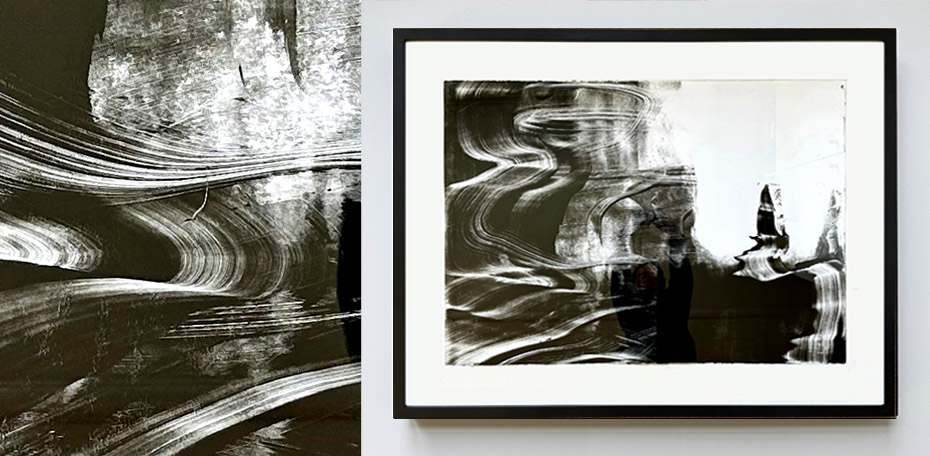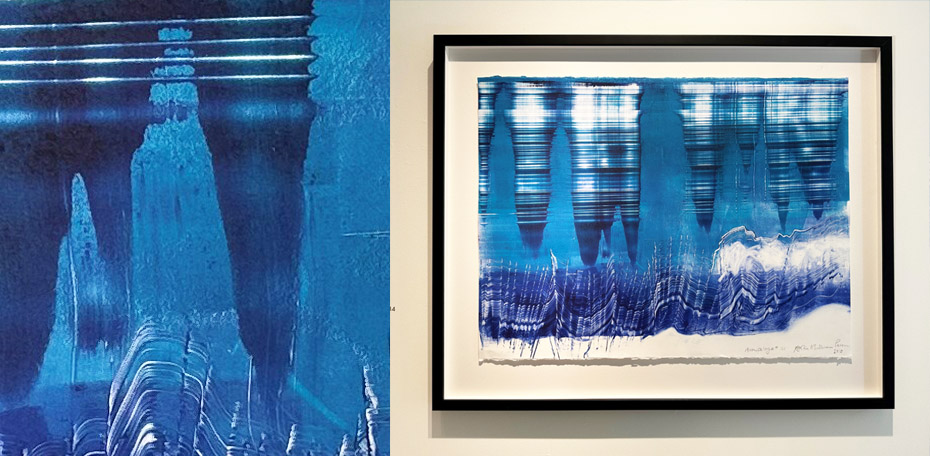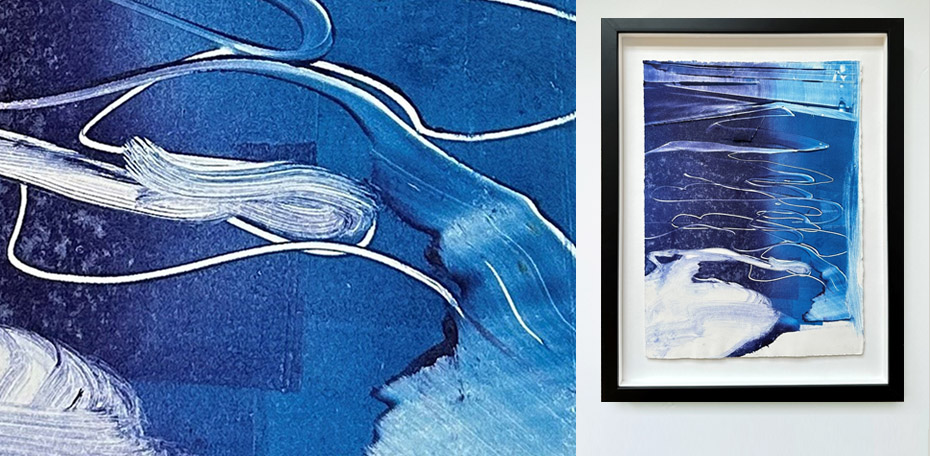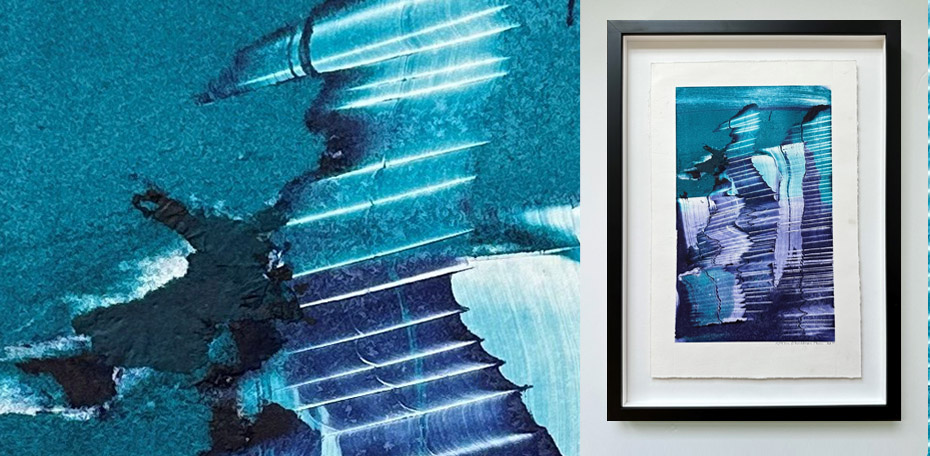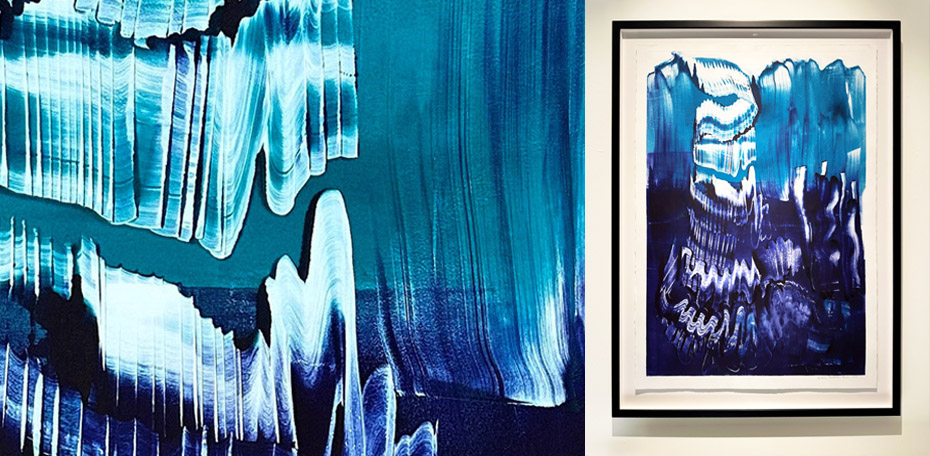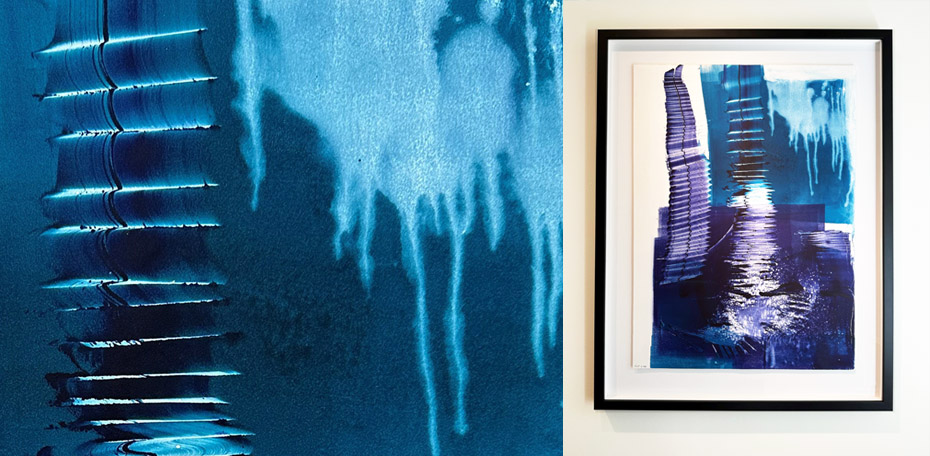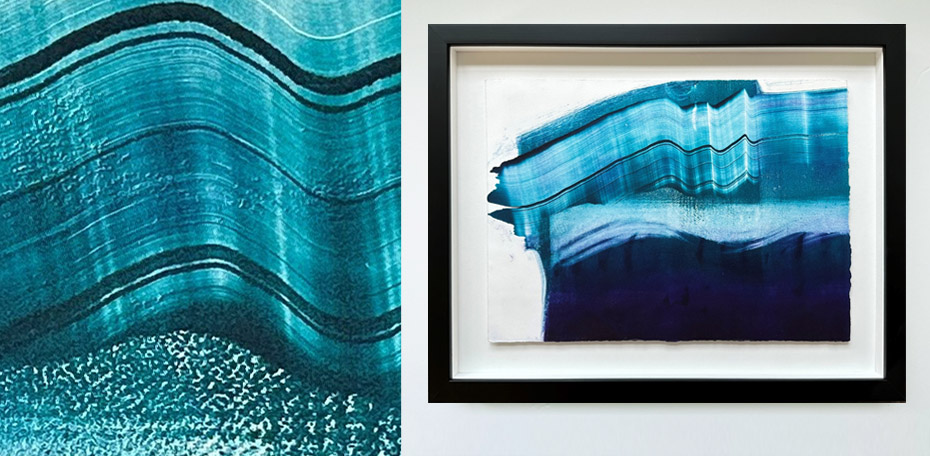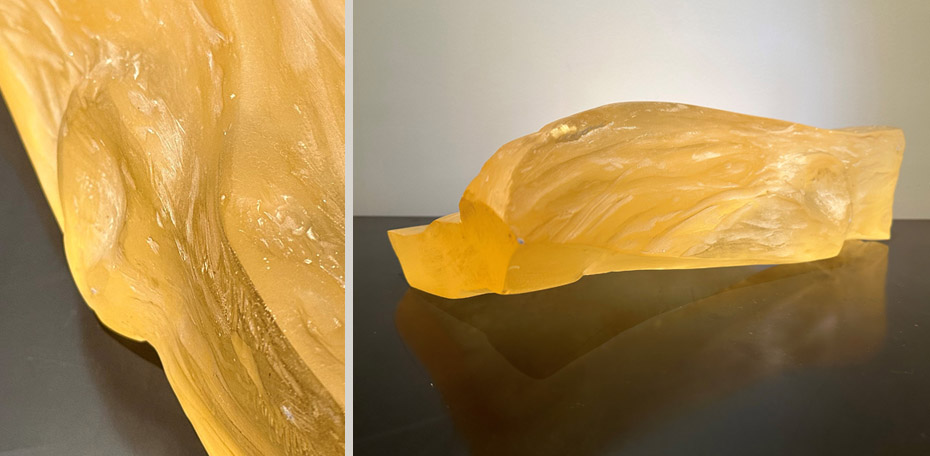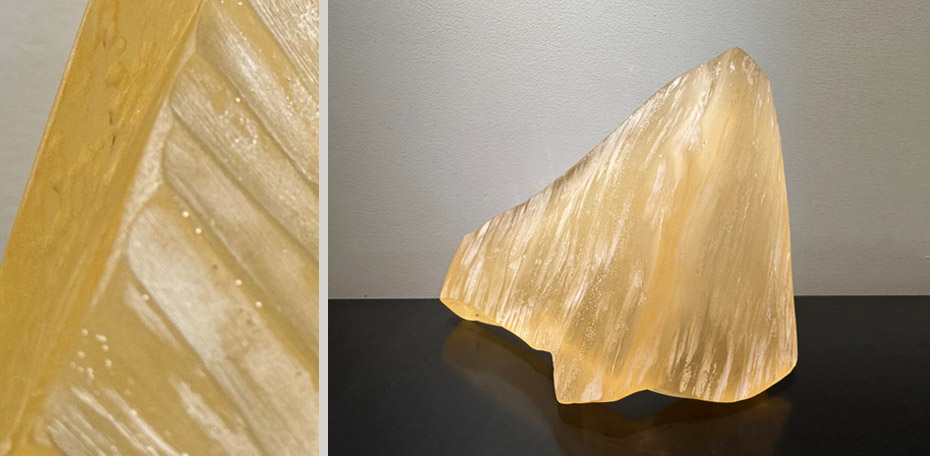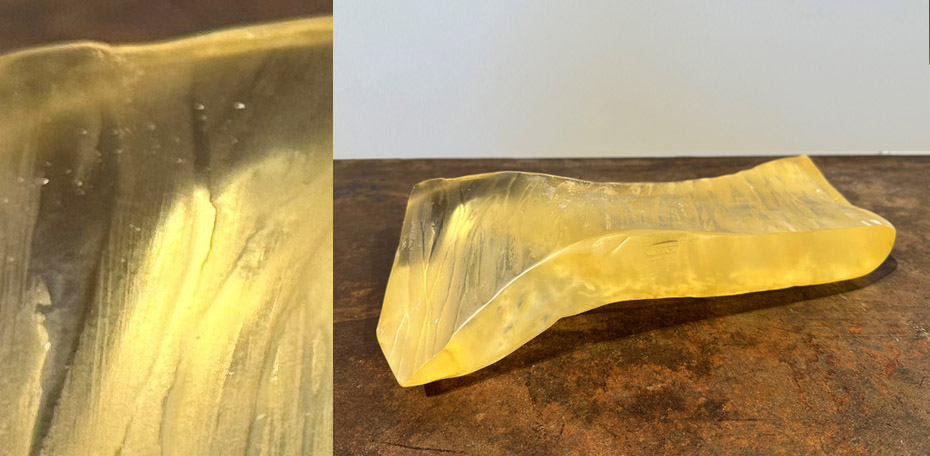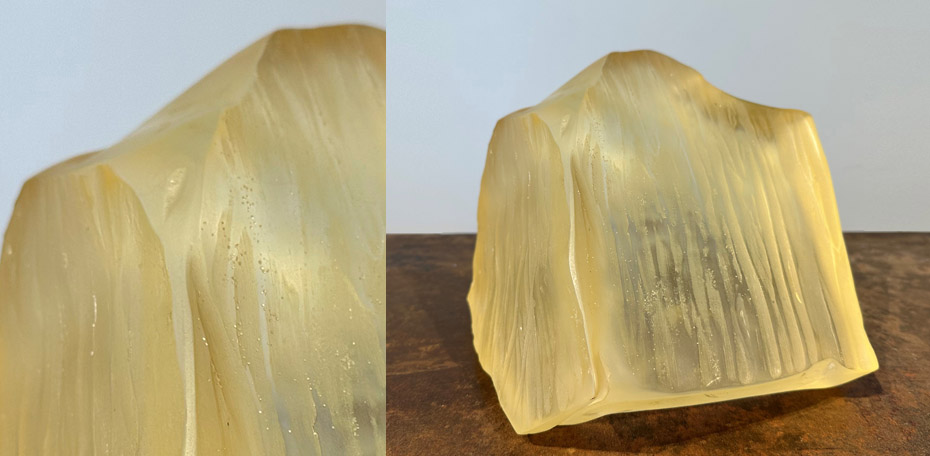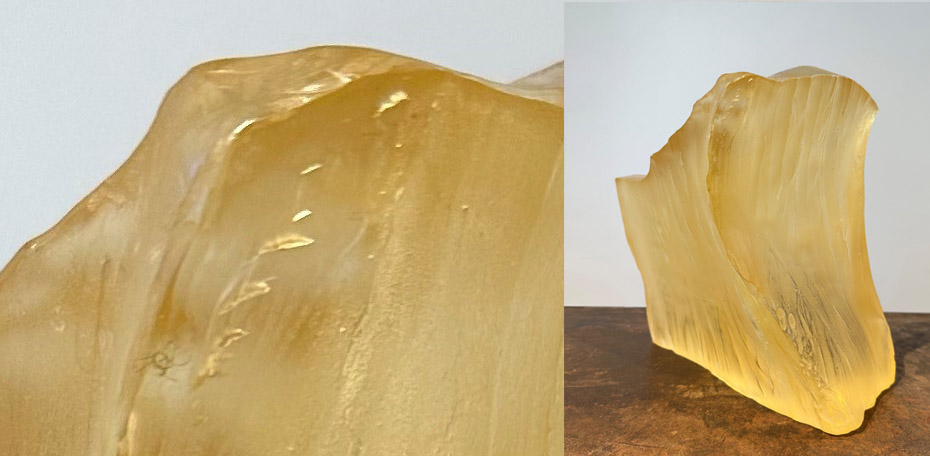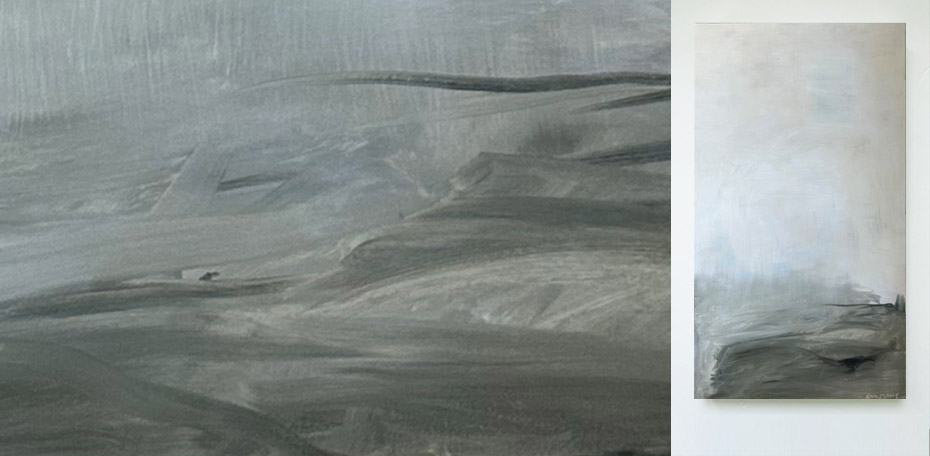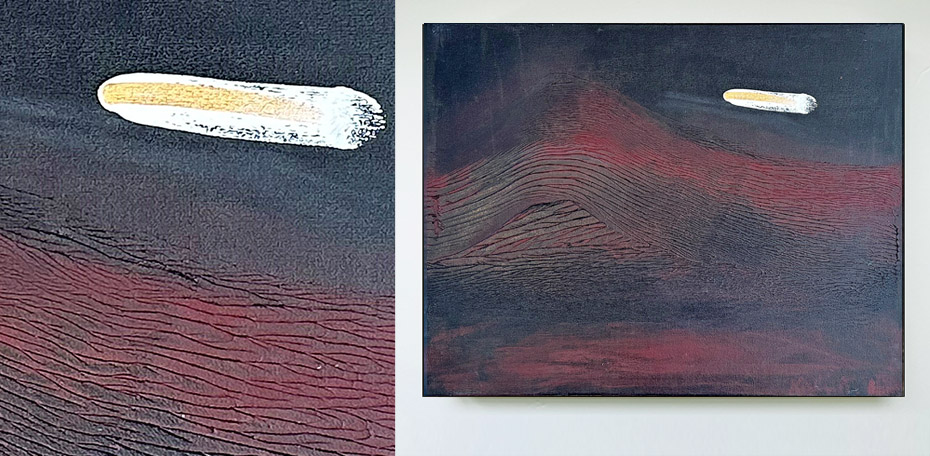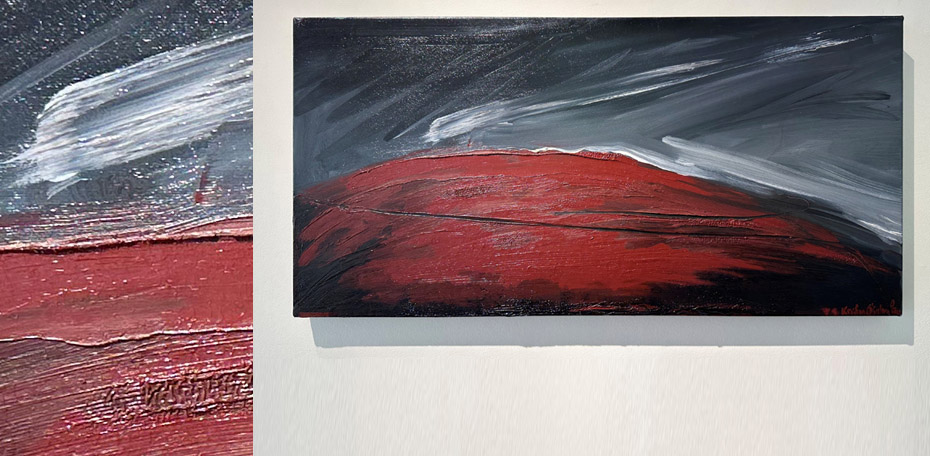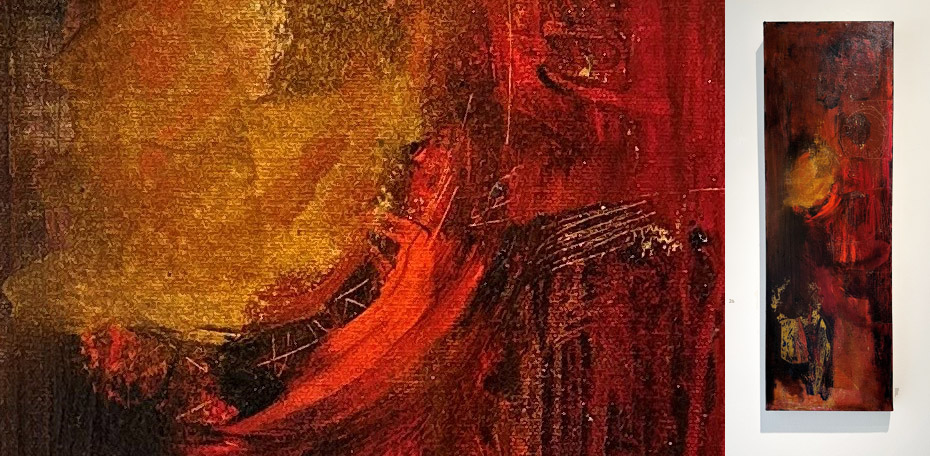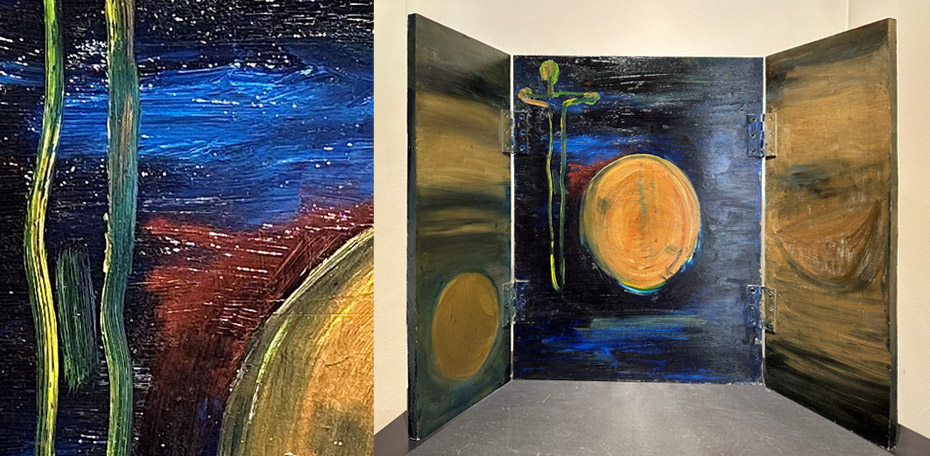IRREPLACEABLE
Introducing O’Sullivan Peren to Fe29, Irreplaceable is an exhibition primarily of prints from 1991-2011. In these she explores the colonial past as well as the rapid acceleration of climate change and its impacts, both by and on humans. Early works from her iconic series The Irish (1996), highlight specific impacts (land grabs, burning natural resources and ultimately destruction of human life) while selected monoprints from her Emergence series expand on her message – “the environment is not simply a source to nourish and sustain cultures and communities, but an irreplaceable body of land, light and water.”
Also included in the exhibition are a small number of etchings from her series Stones (1991) and Cannibal Rabbits (1992) series, two early oil paintings and a selection of small resin sculptures from 2022.
KRISTIN O’SULLIVAN PEREN
Born in Rotorua, Kristin O’Sullivan Peren was educated locally. From 1990-93 she was Education Officer at The Print Studio, Wellington City Gallery, Te Whare Toi, before becoming Print Tutor at Whitieria Polytechnic, Porirua Campus, Wellington (1994), Inverlochy Art School Wellington (1995) and Visual Communication Design (Wellington Campus) Massey University (1997-99). In 1996, O’Sullivan Peren was selected as the inaugural member of the now, well-established international residency scheme at Black Church Print Studio Dublin, Ireland. Her series, The Irish, was created during this time. Many of the works included in Irreplaceable come from this early period of O’Sullivan Peren’s career.
In 2009 O’Sullivan Peren became research assistant at the Canterbury University School of Fine Arts, Te Kura Kowaiwai. In 2010, she was selected as one of three finalists for the Northern Gateway project, a competition (led by the Wellington Sculpture Trust, with the Wellington City Council as co-partner) for a major sculpture for the entrance to Wellington City. Her submission, Breath of Light comprised building-like structures created by compressing tonnes of waste, then seeded with native flora which would, over time, re-establish the native forest in what is now an urban setting. Before the finalist was selected, the project was cancelled after the first of the earthquake hit Christchurch in 2011. In 2014 the work was accepted by E Flux, NY in its online cyber space of unrealised work, as worthy of projects that should have gone ahead.
In 2014 O’Sullivan Peren graduated MFA from Dunedin School of Art. She is now a multimedia artist with deep connections to the land. Her work celebrates light, land and water and the interface of human contact with these. She exhibits locally and internationally in public spaces, contemporary project galleries and at worldwide artist residency communities. Her large-scale projects encompass photographic, sculptural and electronic media, with several utilising her unique process of combining cast resin and LED lighting.
O’Sullivan Peren’s practice has grown out of her background as a printmaker and has developed through working with hands-on materials and processes. Throughout the 1980-90s, she printed prodigiously, establishing her signature gestural mark in series such as Islands (1995) and The Irish (1996). While her work has extended into new fields, printmaking has continued to have a place in her practice, in which each project informs the next. Her monumental schist sculpture Poplars (2003-5) and the more modest-scaled Islands (2003) cast in epoxy resin, led to her most public statement, Papakura (2005-7) – 3 huge hulls of epoxy resin with an elaborate composition of LED rods electronically controlled to deliver an everchanging dance of spirits (celebrating the Aurora Australis). This in turn led naturally to her monoprint series Trying to Capture the Light (2007-8), and Emergence (2011). In these monotypes can be seen a sense of chaos. “I have done, and respect those who continue to produce polished prints of fine lines and aquatints. But my choice is for expressive, gestural marks and the immediacy of the monoprint.” Across this body of work, O’Sullivan Peren aims for, and achieves, tactility and sensuousness in structures resembling natural processes. In Emergence, zigzagging striations speed towards, and erupt at their own edges – displaced energies strongly reminiscent of ripple sand patterns created by wind or water. A selection of monotypes from O’Sullivan Peren’s Emergence series (2011) and resin sculptures from her small Islands series (completed during 2022), make up the balance of the exhibition.




